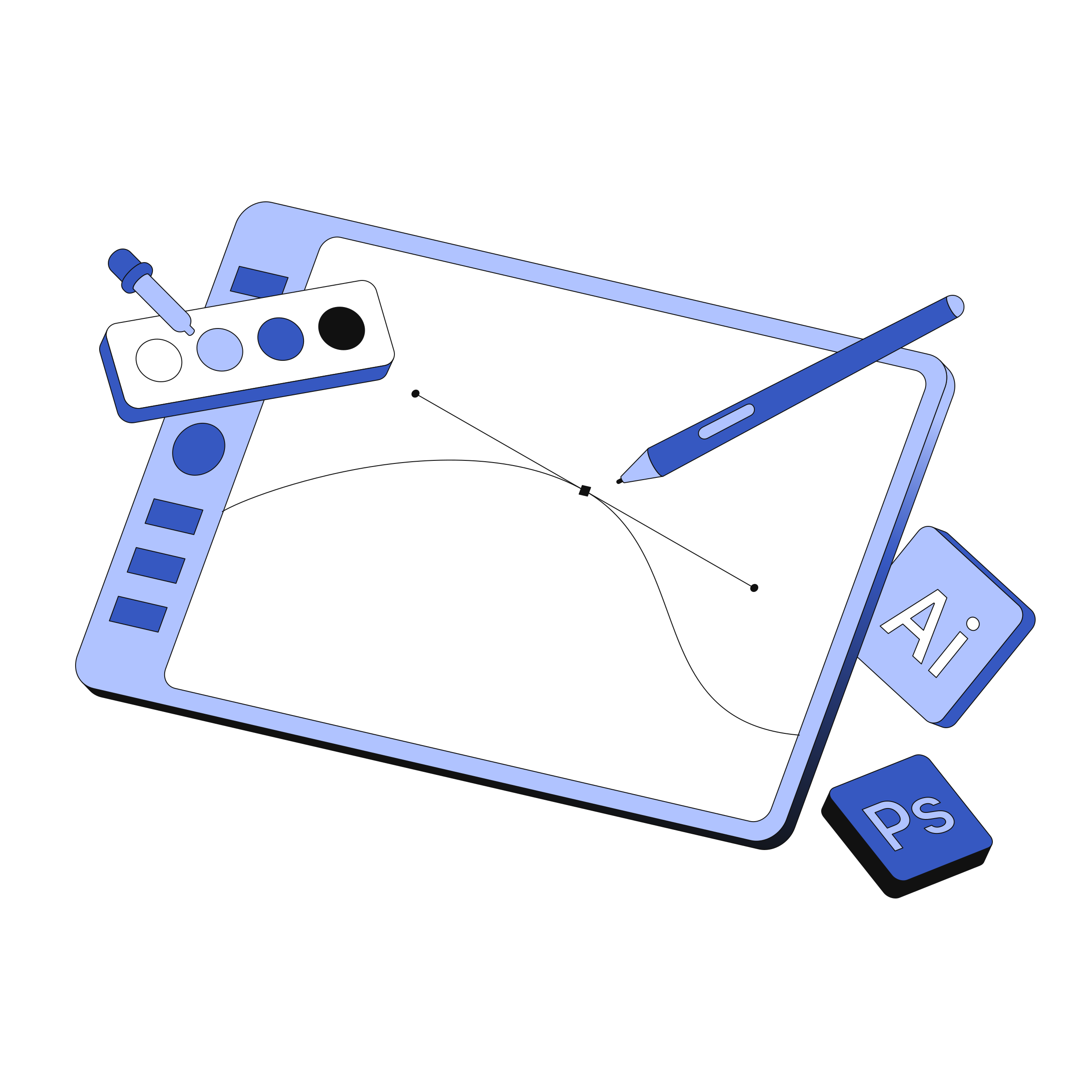Before we talk about how to create a storyboard sketch, let’s align on what a storyboard sketch is. Storyboard sketches illustrate the story of the user experience.
Sometimes storyboard sketches are called thumbnail sketches because of their size. Storyboard sketches tend to be very small and are not populated with data or detailed text. Instead, they begin to show how the high-level concepts could translate into an application.
For designers, this might mean sketching, with a pencil on paper, the proposed design before scanning and sharing the sketches with the team. Other designers work quickly using digital tools and might employ software to create these simple drawings.
Regardless of the preferred media, storyboard sketches are not intended to be labor or time-intensive. This is a departure from the more significant investments in other design process steps like UX Persona, Process Flow, and Workflow.
If the quality of output from the previous three steps is high, storyboard sketches should be able to be completed quickly.
Using the workflow as a guide
Storyboard sketches are quick studies that explore how the steps in a workflow can be translated to screen design. This allows stakeholders to visualize layouts and interactions before moving into wireframes.
More specifically, storyboard sketches illustrate the concept of how a persona will experience the product for a given workflow, showing what the user’s point of view would look like in the context of the application.
Because the primary focus of storyboard sketches is on visualizing and validating the design concept—screens needed in the product, screen layout and hierarchy, and potential placement for copy and components—there is no data behind the sketches, and the sketches are not clickable.
Transitioning from Discovery to Build
Storyboard sketches are a great way to share out and validate ideas and thoughts—and avoid misunderstandings or miscommunication! Since this is the first visualization of what will eventually be built, sketches provide a great artifact to ensure everyone agrees on the direction being taken.
The speed of storyboard sketches makes them the perfect transitional point between the discovery and build phases, establishing a solid foundation for moving on to a more detailed (and time-consuming) level of design, starting with low-fidelity wireframes.







